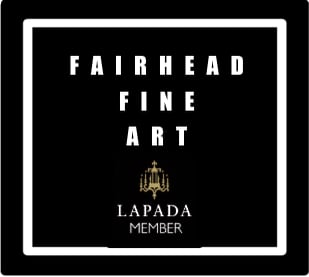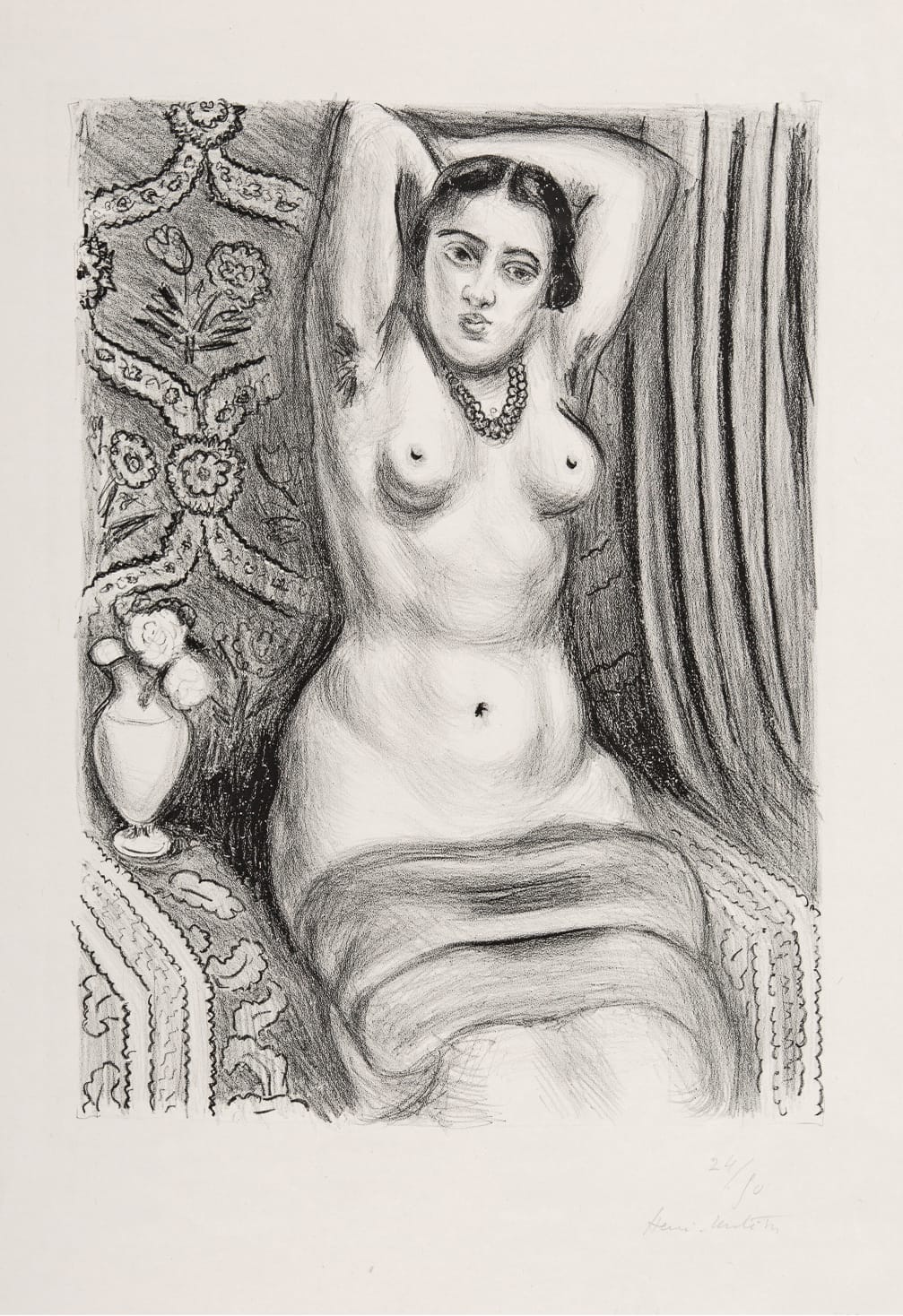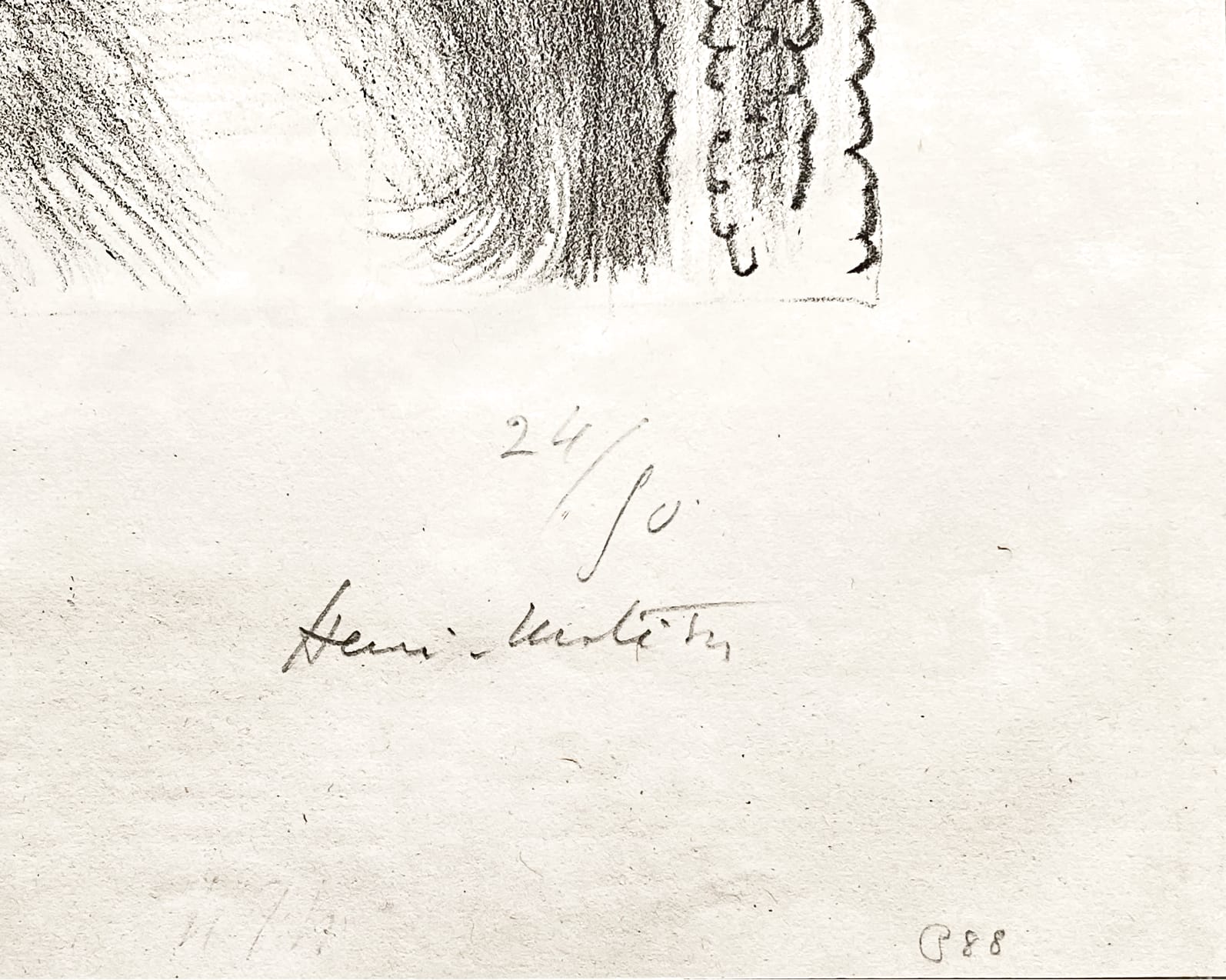Henri Matisse - Torse à l’Aiguière
£ 0.00
Torso with the Ewer
Original lithograph, 1927, on chine paper, signed and numbered in pencil lower right
Note: In 1922 Matisse, who had made almost no lithographs since 1914, embarked on a series of nudes inspired with an Oriental theme. He had travelled in Arab lands and employed Islamic decor surrounding these. By the end of 1925 he had made almost 50 prints averaging around 10 a year. His depiction of the female figures were described as as “Odalisques”. They are all nude or scantily clothed models often dressed in summer frocks as they sit beside bouquets of flowers or incline on couches.
An odalisque (Turkish: odalık ) was a Chambermaid or a female attendant in a Turkish seraglio, particularly the court ladies in the household of the Ottoman Sultan. If an odalık was of extraordinary beauty or had exceptional talents in dancing or singing, she would be trained as a possible concubine. If selected, an odalık trained as a court lady would serve the sultan sexually and only after such sexual contact would she change in status, becoming thenceforth one of the consorts of the sultan.
Reference: Claude Duthuit “Henri Matisse, Catalogue Raisonne de l’oeuvre grave” Number 494
Henri Matisse: Lithographie rare, Berggruen & Cie, Mourlot, Paris, 1954
Provenance: The stock of Henri M Petiet, Paris. The dealers stamp H.M.P in an oval, verso. Petiet was one of the most famous art dealers of Paris in the post war era. He bought the stock of Vollard on that dealers untimely death and proceeded to become one of the leading print dealers in Paris. The fact that our piece emanates from this source gives authenticity and prominence to it.
Public Collections:
Victoria & Albert Museum, London
Baltimore Museum of Art
Baltimore Museum of Art
Edition: 50 (there were also ten artist's proofs 4 trial proofs)
Size: 14-1/4 x 10-1/4 inches (36.2 x 26 cm) (image)
18-3/4 x 13 inches (47.6 x 33 cm) (sheet)
Category Henri Matisse


